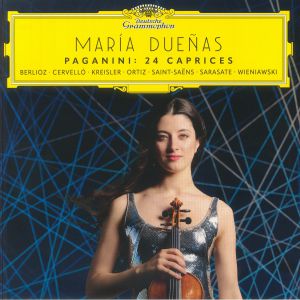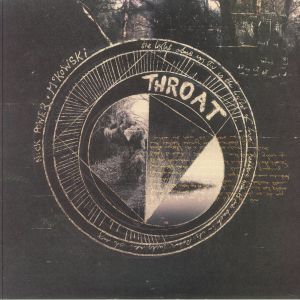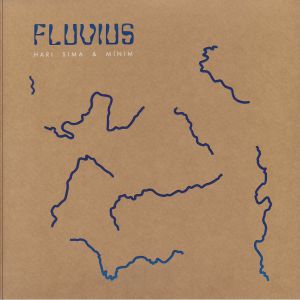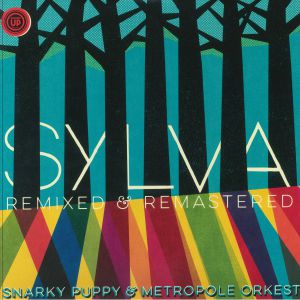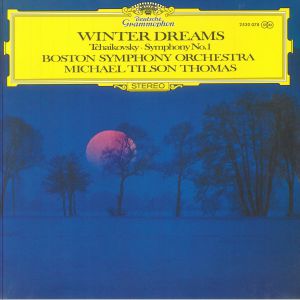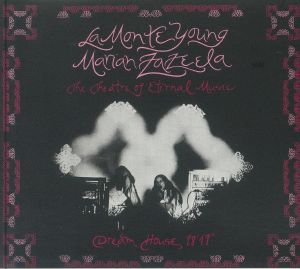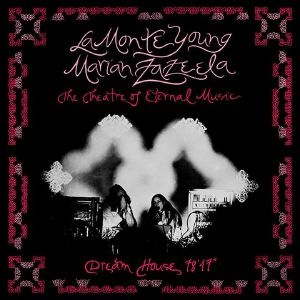Filter
Genre
Stock
Release Date
112
Not Forthcoming
1
Today
2
Last Week
5
Last 2 Weeks
13
Last Month
24
Last 2 Months
59
Last 6 Months
112
Last Year
Artist
Label
Featured
Release Title
Price
Tags
Back catalogue: All genres
Juno's full catalogue of All genres
Alben
Review: In the right circles,, Martin O'Donnell and Michael Savatori are living legends. Working with the iconic US video game company Bungie Inc, the pair put their names on the map - or maybe maps? - by creating soundtracks to a number of high profile titles, either as a duo or individually. O'Donnell is arguably the better known, or at least has the bigger online persona, but both composers deserve plenty of credit. Halo: Combat Evolved was the first title in what is now a huge and genre-defining first person shooter franchise, and the score reflects the emergence of video game music as an integral part of the on-screen action. O'Donnell and Savatori's efforts to ensure instrumentation dramatically changed with events in the game, which is by nature relatively non-linear, was a revelation. While their efforts to separate these into individual suites foresaw the rise of playable stories as films in their own right.
… Read more in stock $45.72
Niccolo PAGANINI / MARIA DUENAS / VARIOUS
Paganini's Iconic 24 Caprices (gatefold 2xLP + CD + insert)
Cat: 486571 1. Rel: 06 Mar 25
Classical
in stock $39.07
Arvo PART / TONU KALJUSTE / MARIA LISTRA / ESTONIAN PHILHARMONIC CHAMBER CHOIR / TALLINN CHAMBER ORCHESTRA
Tractus (2xLP + booklet)
Cat: 485916 7. Rel: 22 Apr 25
Modern Classical
Review: In celebration of Arvo Part's 90th year, his latest release showcases the Estonian composer's continued exploration of minimalist, spiritually charged sound . Part's work has always sought to blend the sacred with the secular, and this collection of new renditions brings forward the timeless resonance of his choral and orchestral compositions. Opening with 'Littlemore Tractus,' based on John Henry Newman's reflections, the piece sets the tone of quiet, introspective change that permeates the entire work. His music, a dialogue between sound and silence, invites profound contemplation, with the Tallinn Chamber Orchestra and the Estonian Philharmonic Chamber Choir under Tonu Kaljuste's direction offering nuanced, deeply attentive performances. Compositions like 'Vater unser,' showcase Part's ability to transform liturgical text into transcendent musical experience. There's an undeniable spiritual gravity in pieces such as 'Cantique des degres' and 'Sequentia,' where strings and vocals weave in delicate yet forceful patterns, revealing a steady undercurrent of renewal. The rich textures in these works evoke both a longing for and a reconciliation with the past, capturing Part's life-long exploration of sacred music's dialogue with the world. The album culminates with 'Vater unser,' an evocative reworking that brings together choir, strings, and piano, offering a meditative close to an album that is as much about reflection as it is about the continued forward momentum of Part's artistry. Recorded in Tallinn's Methodist Church, this latest chapter is a continuation of the Part-Eicher partnership that has defined so much of his career, expanding the legacy of albums like Tabula rasa and reinforcing Part's place as one of the most significant voices in contemporary classical music of the 20th and 21st centuries.
… Read more in stock $46.37
Throat (limited eco mix vinyl LP + booklet + autographed postcards)
Cat: DSR 24LPV1. Rel: 04 Oct 24
Post Rock/Experimental
in stock $24.11
in stock $30.20
Split Scale (limited clear vinyl LP + MP3 download code (indie exclusive))
Cat: THRILL 626LPX. Rel: 23 Jan 25
Modern Classical
in stock $32.69
Review: Snarky Puppy are much celebrated five-time Grammy Award winners whose ever-popular album Sylva no gets a special reissue. This re-release comes on nice heavyweight double vinyl and as well as including the six original cuts, it also takes in two alternate takes of 'The Curtain' and 'The Clearing.' Although it was originally released by Impulse! Records, this new version comes via GroundUP Music who have cut it from the original masters. It makes for a superb revisiting of a classic jazz album with the added bonus of a couple of different perspectives.
… Read more in stock $32.69
Clouds Of War (LP + insert limited to 250 copies)
Cat: SOL 200. Rel: 01 Jul 24
Experimental/Electronic
Gespielt von: Juno Recommends Experimental
in stock $32.69
Tchaikovsky: Winter Dreams Symphony No 1 (limited hand-numbered gatefold 180 gram vinyl LP + insert)
Cat: 486671 8. Rel: 06 Feb 25
Classical
in stock $49.85
Cat: SV 199CD. Rel: 21 May 24
Ambient/Drone
Review: La Monte Young is one of the most important figures in the development of American minimal composition and performance, having explored the science of sound at an atomic level through his use of just intonation and rational number-based tuning systems. His wife Marian Zeeler was also one of his closest collaborators, and in 1974 they released their second album Dream House 78'17" as a demonstration of the ideas they had been proposing in their work. Side A was recorded at a private concert which also features Jon Hassell and Garrett List, while Side B is an extended tonal study via a bowed gong, which was monitored precisely through oscilloscopes for an exacting immersion in harmonic interplay and its physical and psychoacoustic properties.
… Read moreGespielt von: Juno Recommends Leftfield, Juno Recommends Ambient/Drone
in stock $21.89
The Theatre Of Eternal Music: Dream House 78 17 (reissue) (gatefold LP + MP3 download code)
Cat: SV 199LP. Rel: 20 May 24
Ambient/Drone
Review: American minimalism pioneers La Monte Young and Marian Zeeler released their second album in 1974, when they were already well-established in the US avant-garde. This serves as a document of their work and ideas at the time, with two very different sides on offer. The first side was recorded at a private concert, in which Young and Zeeler's voices interact with sustained drones and some occasional trumpet from Jon Hassell and trombone from Garrett List. The second side focuses on a bowed gong study, ruminating on the particulars of frequency and harmonics and their potential effects on the listener and the space in which they're heard.
… Read moreGespielt von: Ekoplekz, Juno Recommends Ambient/Drone
in stock $42.39

 USD
USD







